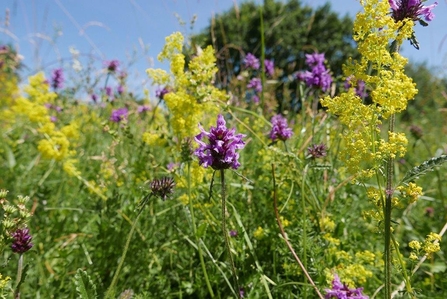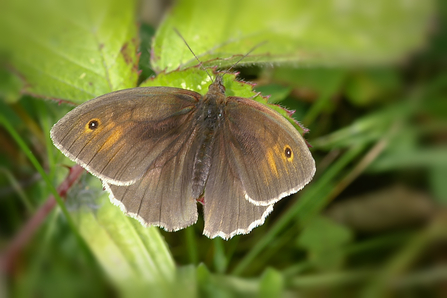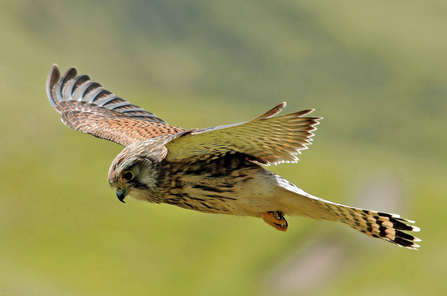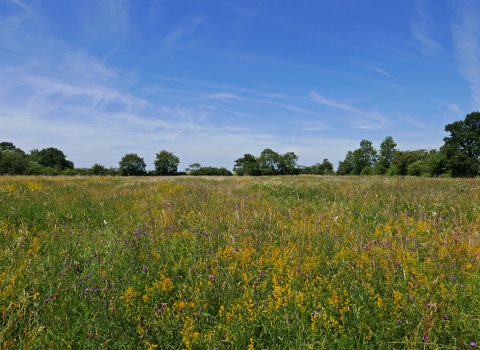What do you picture when you hear the word meadow? Whatever scene you see, it probably has a swathe of colourful flowers, hopefully buzzing with bees and other insects. But it’s a word that can mean different things to different people.
Traditionally, a meadow is a grassy area left to grow until late summer, when it’s cut for hay. Once the hay has been removed, it may be grazed by cows or sheep until spring, when the animals are taken away to give plants more freedom to grow. Grasses shoot up and flowers thrive, creating a beautiful mosaic of colour. As this cycle repeats year on year, meadows become richer with different plants and animals.
Now the word meadow is often used more loosely, applied to any area where grasses and wildflowers are given the opportunity to grow through spring and summer – from pastures to wild patches in our gardens. Some maintenance is needed, through grazing or strategic mowing, to keep conditions right for a wide variety of flowers. Whatever we call them, grasslands rich with native wildflowers are an essential part of our landscape – and that includes our gardens!
Bloomin’ beautiful
Flowers are the heart of any meadow, the star attraction. Each meadow, or wildflower grassland of any description, will have its own mix of species, shaped by the conditions in which they grow. Two of the biggest influences are climate and soil type. The cooler, wetter conditions in upland grasslands (above 300m) favour different species to the warmer, drier and less exposed lowland grasslands.
Soil type is just as important. There are three main categories we apply to grasslands. Calcareous grasslands are found on shallow, base-rich soils like those over areas of chalk and limestone. Neutral grasslands occur where there are clay or loamy soils. Finally, acidic grasslands grow from sands, gravels and siliceous rocks. Each has its own specialist grasses and wildflowers.
You can learn more about the different types of grasslands, including the species that call them home, on our habitat pages.





